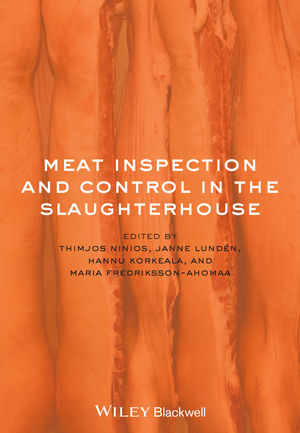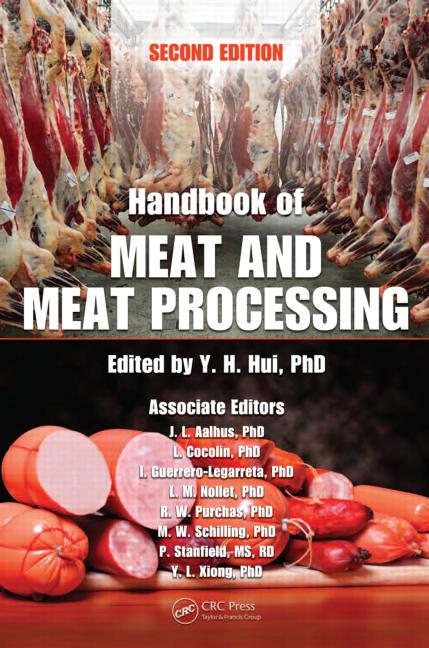The COVID-19 pandemic exposed many holes in the U.S. food supply chain, and some of the people who were affected by it the most were members of the country’s indigenous tribes. Several tribal nations are in the process of establishing their own supply chains by building and running their own processing plants, helping to avoid similar problems in the future.
One such plant is Osage Nation Meat Processing in Hominy, Okla. The facility, built quickly last year in part with federal funds for COVID relief, is meant to help maintain a steady food supply to tribal members in the reservation.
“The Osage Nation, like a lot of tribes, are in food deserts,” explains Chris Roper, an outside consultant who helped with the design and construction of the plant. “They’re not the big purchasers that the big packing plants pay attention to when there’s shortage. When packing plants start to shut down, there starts to be a very limited supply, and that supply is going to go to the big purchasers who have that purchasing power. Tribes, as a whole, generally have pretty good purchasing power with independent suppliers, but those independent suppliers get limited very quickly.”
James Weigant, COVID Task Force Coordinator for the Osage Nation, noted that the tribe has a ranch that is a cow-calf operation and was not in the business of producing market-ready meat products. When the large packing plants began to shut down, the programs that support elder nutrition and school nutrition became concerned about a meat shortage.
“We saw the links of the food chain were there, at least some of them, and we knew if we had a packing plant it would be isolated from any other COVID outbreaks in Omaha or Chicago or somewhere else,” Weigant said. “If we could just fill in those links, we could do this ourselves and provide an insulated food chain for our people.”
Weigant praised the construction team for a round-the-clock effort to get the facility ready for production as quickly as possible. The 19,000-square-foot-plant was designed for versatility, Roper adds. Cattle and other species can be harvested to produce primal cuts and ground meat. There are smokehouses for producing hams and sausages, and it can produce snack sticks for things like backpack nutrition programs. The facility started with nine employees, some of whom had meat processing experience. As those workers gain experience, they can help train others to ramp up production further.
Weigant points out that Osage County is approximately the size of Delaware and has used grants in the past to try and overcome the food desert. Since the meat processing plant was built with funds designed for COVID relief, the plant’s primary purpose at the moment is producing meat products to feed tribal members. From a legal standpoint, the business cannot operate as a commercial entity. However, once the pandemic lessens, it will be able to operate as a commercial entity and generate profit. The facility has the capacity to package retail-ready products and can sell to area restaurants as well.
“The tribal plants are stabilizing food security for their communities, their people. That’s really the focus,” Roper explains. “The tribes are not trying to get rich and concentrate on the dollars that are coming out of the plant. They’re all about feeding people and taking care of their communities and tribe members.”
“What we’re doing in the first year is to establish this food supply network for our people,” Weigant adds. “Down the road, once we’re past COVID, we’ll have that [commercial] infrastructure in place.”







Report Abusive Comment